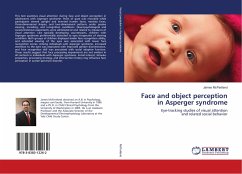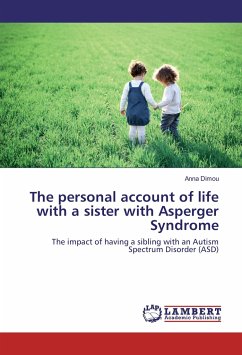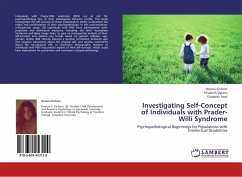This text examines visual attention during face and object perception in adolescents with Asperger syndrome. Point of gaze was recorded while participants viewed upright and inverted human faces, monkey faces, three-dimensional shapes, and two-dimensional patterns under passive viewing, encoding, and recognition conditions. Neuropsychological and social-emotional assessments were administered and related to measures of visual attention. Like typically developing counterparts, children with Asperger syndrome preferentially attended to eyes irrespective of viewing condition. Both groups of children displayed similar face recognition ability, and extended viewing of the eyes was associated with lower face recognition scores. Among individuals with Asperger syndrome, increased attention to the eyes was associated with improved gender discrimination, and face recognition skill was associated with social adaptive function. These results suggest that face processing impairments are not evident in all contexts in individuals with Asperger syndrome. Social interest, stimulus properties, processing strategy, and intervention history may influence face perception in autism spectrum disorder.
Bitte wählen Sie Ihr Anliegen aus.
Rechnungen
Retourenschein anfordern
Bestellstatus
Storno








